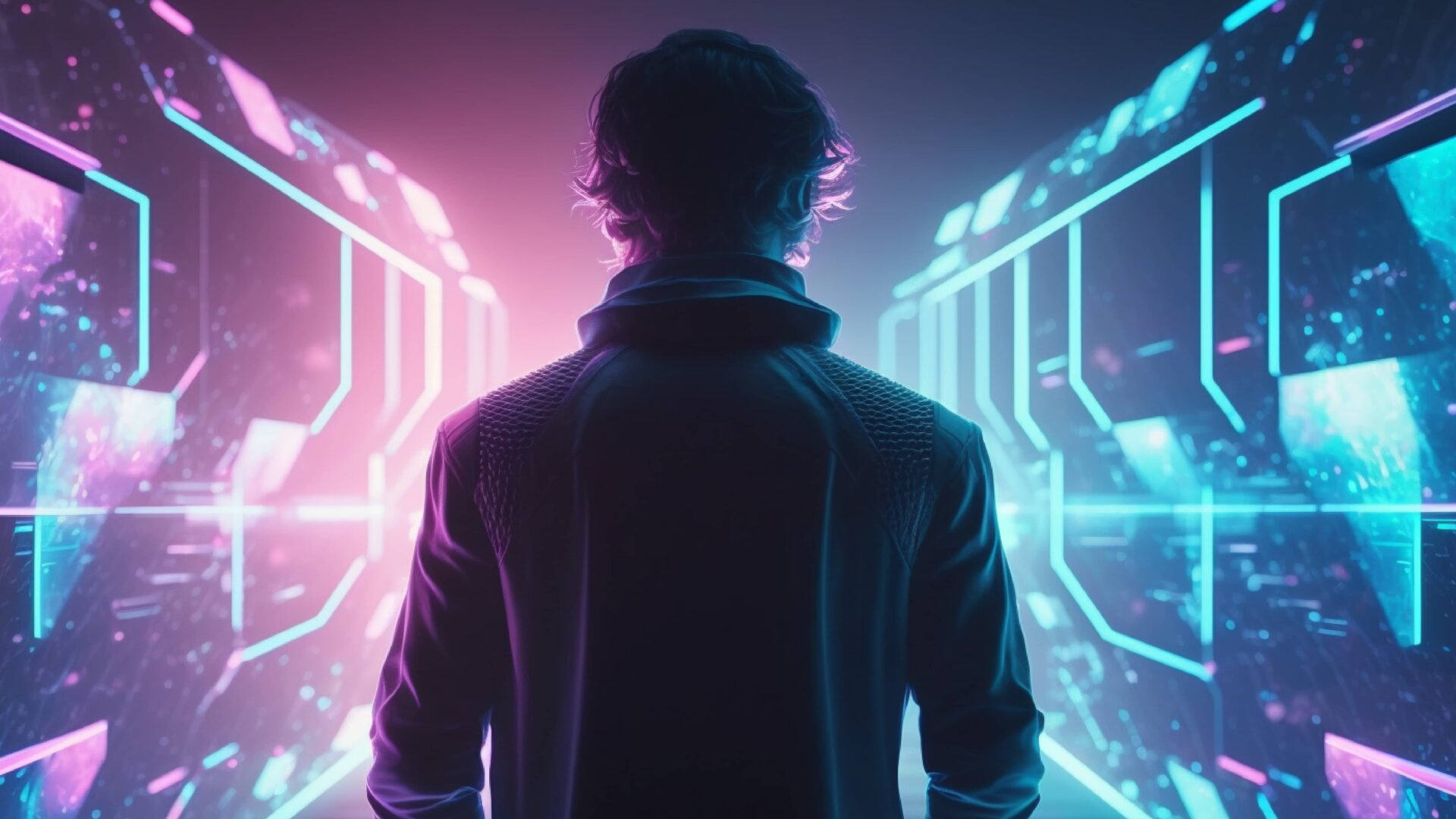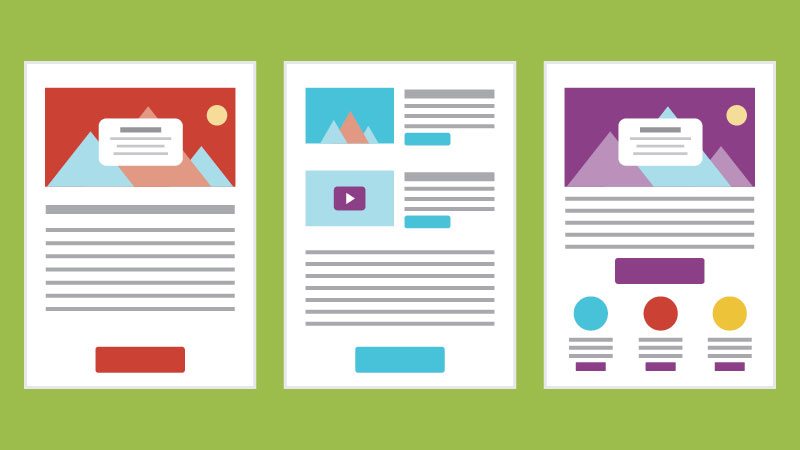It pays not to test users’ patience with poor experiences. Close to 90% of customers will stop using an application based on frustrating interfaces or cumbersome experiences.
The challenge is that user experience (UX) tends to evolve in uneven leaps—such as when the iPhone revolutionized scores of experiences all at once. We’re experiencing more than one similar revolution right now as artificial intelligence (AI) permeates content experiences and as immersive new technologies continue to gain traction. It’s difficult just to keep up with user expectations, let alone to predict them.
There’s Tension Between Disruption and Stability
UX often relies on the predictable, tried-and-true journeys users will take to engage with content—avoiding negative, disjointed experiences by focusing on best practices. But UX development is also the riskier process of anticipating users’ needs and finding engaging new ways to meet them (with hopes that you don’t confuse or alienate your audience in the process).
This means that UX design, in its own way, is always disruptive. The search for simpler or more appealing experiences requires some departure from data-backed, standard ones. Sometimes this is a simple change like pruning unnecessary steps in a process or addressing usability bugs as they arise. But the push for next-generation UX is also about imagining new solutions to problems users don’t even recognize.
Too much change and your audiences won’t be able to keep up. If you don’t change enough, on the other hand, you won’t be able to keep up with your audiences’ preferences and expectations.
These forces combined can make the UX landscape feel like quicksand. However, keeping your eyes on a few key UX disruptions will give you a picture of how to design and develop ahead of your audience’s needs.
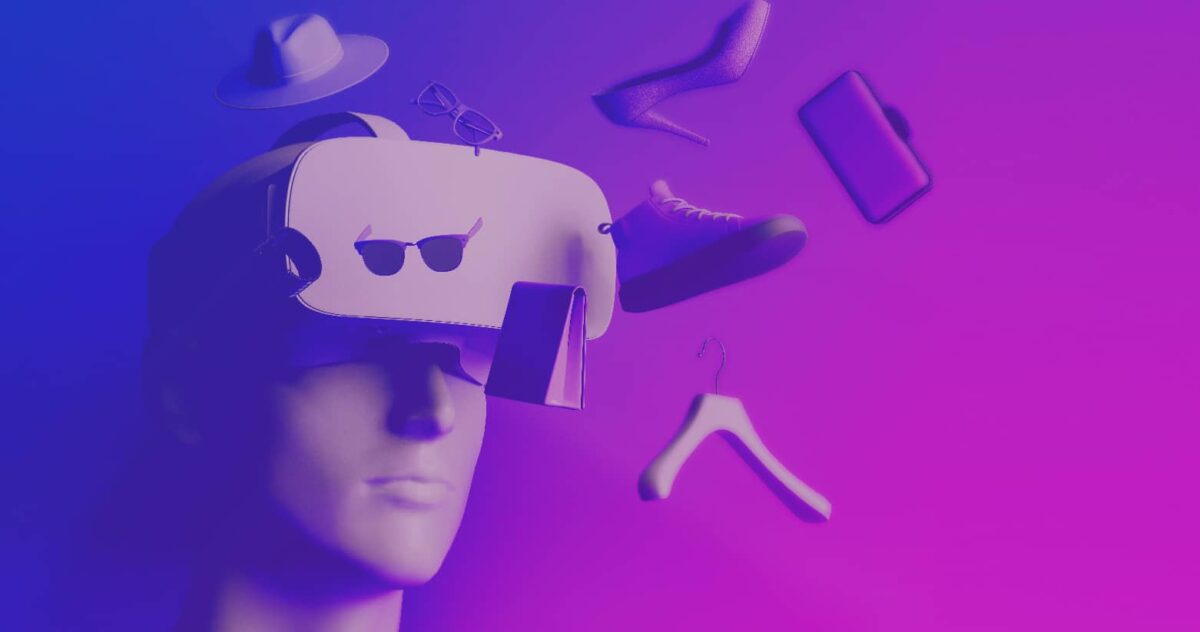
Disruption No. 1: New Wearables and Mixed Reality Technologies Will Change How We Consume Content
Hardware innovation and adoption have always been central to user experiences.
Users were once tethered to desktop computers, where a keyboard governed all. The primary way to navigate an operating system was via command prompt, typing out the names of folders and subfolders to access them. The invention of the mouse coincided with—and caused, in many cases—huge changes in graphical user interfaces (GUIs), as clicking and dragging motions unfolded many new ways of interacting with the content computers housed. The idea of moving around multiple file folders (called “windows”, not ironically) over the top of one another came afterward, when the external mouse was commonplace.
In short, new hardware capability birthed new user experiences.
The iPhone is another example. The iPhone brought together not just a touch screen and an accelerometer to detect motion (later replaced with a gyroscope), but also mobile internet access, a GPS and an array of other radio devices. These hardware elements laid the groundwork for new interactivity based on location and proximity, the way a user holds the phone, and real-time inputs logged by the microphone and camera.
The iPhone’s revolutionary design also continues to support a critical mass of users and developers accessing the same standardized app store. The results have spawned countless new ways to play, shop, travel, communicate and consume content. They’ve also exerted an undeniable influence on how other smart devices operate.
Plenty of UX innovations we take for granted today exist because of the smartphone revolution. For instance, there would be no Instagram, Snapchat or TikTok if cameras weren’t built into nearly every phone. Editing and drawing content would also be vastly different without touch screens.
UX continues to follow a similar pattern: New hardware shapes disruptive innovations.
Mixed reality technologies are heralding the biggest disruptions today.
Mixed reality solutions—spanning augmented reality (AR), virtual reality (VR), haptic technologies and extended reality (XR) environments—have already powered countless new ways of interacting with content. Think of Pokémon Go shaking up location-based gameplay, or the rise of AR solutions such as Wayfair’s try-before-you-buy furniture placement tool.
Numerous celebrities have sponsored real-time events in the metaverse as well. Through virtual concerts, fashion shows, meet-and-greets or even news announcements, audiences spent 60 billion hours just last year on experiences that seemed like science fiction only a decade or two ago.
Most of the underlying technologies are still cumbersome or underdeveloped. However, tech giants like Apple, Samsung, Google and Microsoft are hard at work on improvements. As such, we’re poised to see game-changing new digital experiences right around the corner.
The next big wave will grow in time with the development and wider adoption of user-friendly solutions like the following:
- Lighter-weight, energy-efficient VR headsets
- Unobtrusive XR glasses
- Community-accessible app libraries for new technologies
- New wireless protocols and technologies to support cross-device activity
- Cybersecurity standards for emerging networks and devices
As with the mouse and the smartphone, novel ways to interact with content will follow rapidly. Whether it’s in-person shopping navigation via XR glasses, standardized phone-to-headset communication in VR, or immersive video that is as omnipresent as TikTok, disruption is just around the corner.
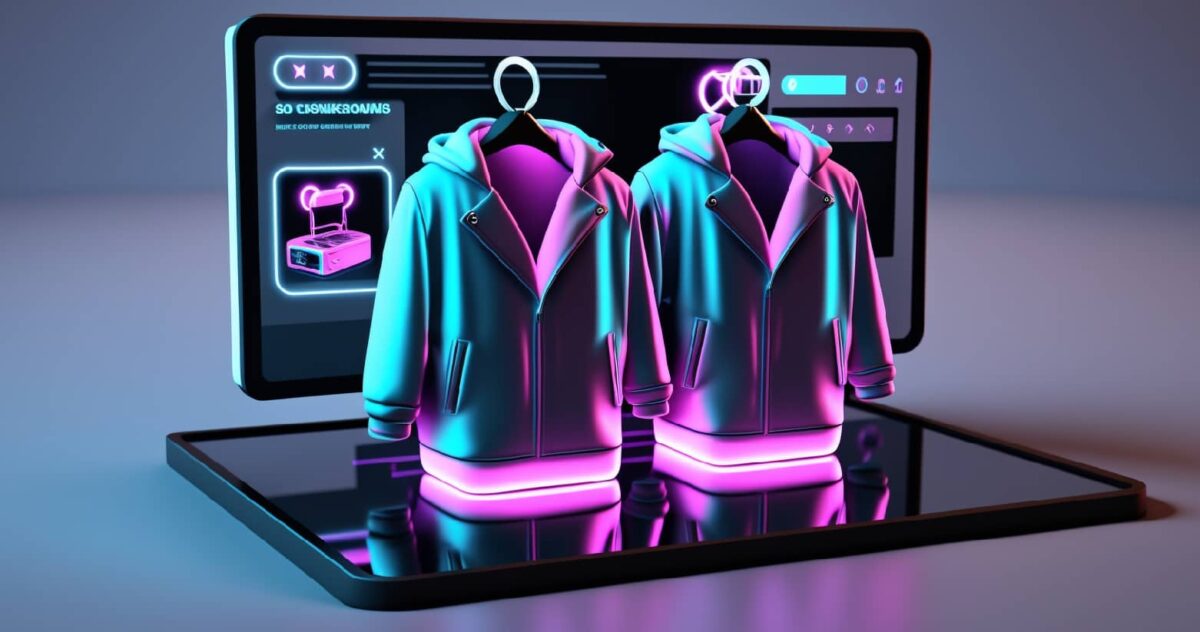
Disruption No. 2: AI Will Transform Digital Experiences Consumers Have With Brands
You’ve probably already had numerous interactions with AI.
Maybe you’re one of ChatGPT’s 100 million+ users. You might use voice-recognition technologies in your home or on your phone. Or perhaps you’ve used an AI-powered tool or two without even realizing it. AI is already an integrated player in countless applications, from banking to shopping to Netflix.
Despite many concerns about socioeconomic dangers, the AI tide is rising quickly. Some of the most far-reaching tools using AI (Amazon or Facebook, for example) are centered on serving up personalized content recommendations. Although this hasn’t yet evolved to updating the look and feel, the in-app navigation, or other elements associated with UX, this already marks an enormous leap in the kinds of digital experiences consumers can have with brands.
AI is learning a lot from user experiences. And UX designers can learn a lot from AI.
Positive user experiences often predict consumers’ needs before consumers realize those needs themselves. Because AI models can process exponentially larger sets of data than humans can, AI is much better equipped to identify telling patterns where UX can improve.
This could be as simple as a predictive analysis of when users are likely to abandon a shopping cart or leave a website. Or it could move to the next step, actually generating wireframe recommendations for a website or an app. Finding the right data to train AI in these functions won’t be easy, but it will be easier with AI’s help than it has been with human insight alone.
AI is already changing how we search for information. The next big shift will be changing how platforms deliver responses to user requests.
We’re also on the cusp of AI-powered applications that customize the delivery of information—not just the selection of what information to share—to better engage specific users in the moment.
Suppose you already have specifications in mind for RAM, processors, storage space, screen size, battery life, and price. Entering all this into one traditional search query won’t give you exactly what you’re looking for—although it will likely give you a lot of options that fit some of the criteria. At the very least, you’ll get a list of search results to sort through. The search engine’s work is complete, for all intents and purposes, once it generates that list.
AI-powered searches will be much more interactive. For one thing, they’ll synthesize relevant information while simultaneously scanning existing indexed data. So instead of sending you canned results, these searches can generate new iterations of those results, formatted to fit your request. Instead of getting an endless list of shopping options (including some that don’t match what you’re looking for), you can get a short list or even a specific recommendation in a format that might never have existed before.
AI might also ask questions in return, clarifying what you’re looking for in order to improve the experience. When you find a specific product listing, you could add more queries about it instead of searching through a lengthy page to find the one piece of information you still need. You could also ask AI to compare a search result or product page, point by point, to other options, or to find specific patterns in customer reviews.
AI models still need training and data to get to this point. But this experience is one that current shopping apps can’t deliver, and AI is only a few steps shy of putting this dynamic capability into users’ hands.
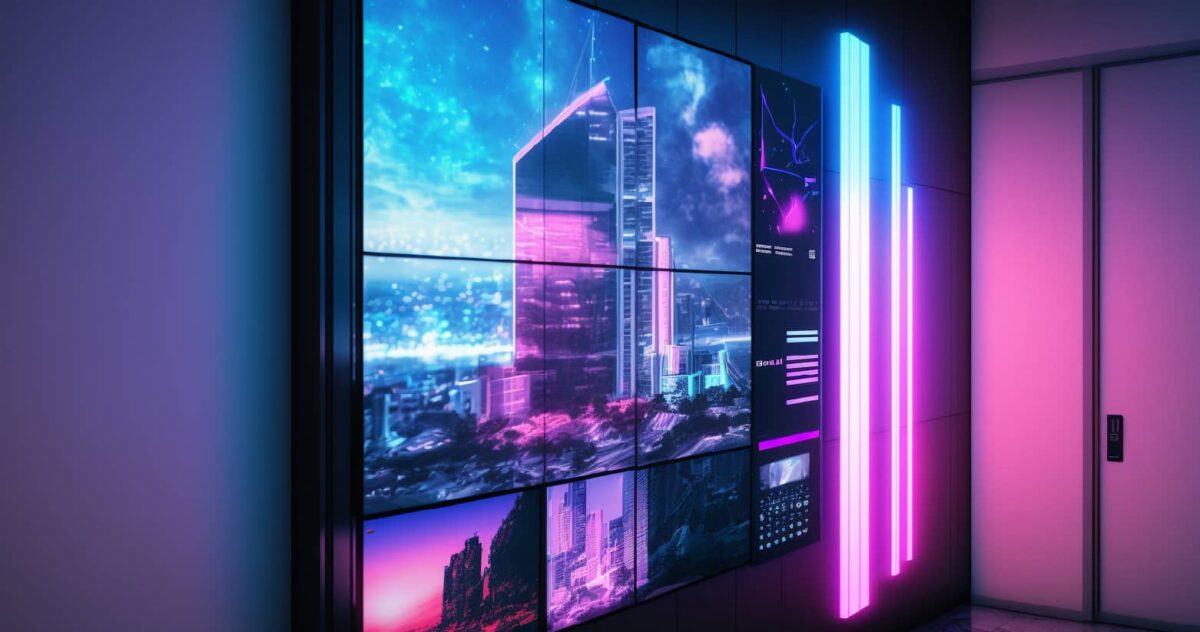
Branded AI will blur the lines between many existing experiences.
One of the biggest elements of this AI-fueled disruption is that digital experiences will more fluidly match individual preferences. Because AI will be able to combine information from so many sources in real time, users will find fewer distinctions between websites, branded apps, social media and search engines. Instead, they’ll get an in-the-moment combination of many different functions to meet their own preferences.
We’re already seeing this come about as search engines recommend content proactively (like social media feeds do) and social media gains serious traction for organic search. Just as google.com looks different for one user than it does for the next, websites and in-app interfaces will be more directly customized in a generative way that dissolve some of the lines between media platforms, messaging apps, and browser-based experiences.
In short, AI will mold users’ experiences for better alignment with their preferences. Many won’t even realize this—since much of the personalization they experience will come without their asking for it—but this will be a marked change from the one-size-fits-all user experiences that brands have delivered before. And, ultimately, it means users will find more convenient and exclusive ways to do what they want to do, which is one of the biggest reasons people turn to AI in the first place.
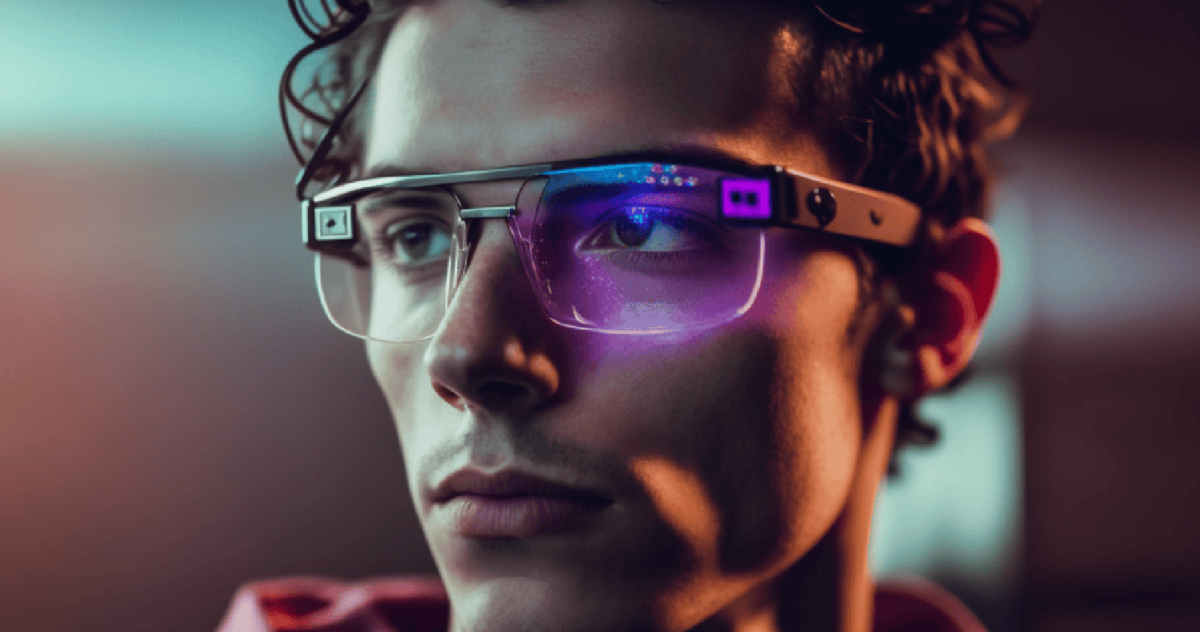
Disruption No. 3: UX Will Fuel More Personal, Intimate Experiences
Users worldwide show a clear partiality for control over the times, places, formats and adjacent audiences of their digital experiences. In 2021, nearly half of adults in the U.S, for instance, said they spend upward of five hours per day on personal devices outside work, with the majority of that time being spent on individual devices, not a shared screen, such as a television.
The key—alarming as the data might be—is that users connect with content that feels personal to them. More relevant and personal engagements with the user will drive more affinity and return engagement on the user’s part, whether personalization stems from the content, the personalized nature of the technology used, or something else altogether.
For example, the move from desktops to laptops has allowed users to engage more intimately and exclusively with the content they consume, because laptops give users greater control over time and place (and help fulfill their desire for privacy). The shift toward mobile devices has only increased the intimacy and exclusiveness of user engagement.
Earbuds, tablets, VR headsets and less-obtrusive wearables, and even captioned (audio optional) video are all examples of technology bringing the content experience to a more individualized arena. This disruption will only accelerate as underlying technologies improve and more consumer-friendly products hit the market.
This disruption isn’t just a departure from one-size-fits-all broadcast media. It also represents an enduring shift in how we consume content, zooming ever inward to bring the content closer to us physically, not just in terms of relevance.

The Future of UX Isn’t Fully Charted
UX is often about conversing with the audience retroactively. This time-removed communication can show us how the act of scrolling has evolved from writing on cave walls to writing on paper, later moving into websites, apps, tablets, smartphones and immersive mixed reality environments.
Looking back at this journey can give us a glimpse into the ways 3D, interactive and AI-powered experiences will continue to evolve. But it doesn’t tell us everything. To delight new generations of users, UX designers still need to be imaginative, bold and even risk-taking in what they envision and deliver.
Brands see as much as a $100 return for every dollar invested in UX. So whatever your audiences’ initial expectations are, there’s immense value in surprising them with intuitive experiences they’ve never considered.
